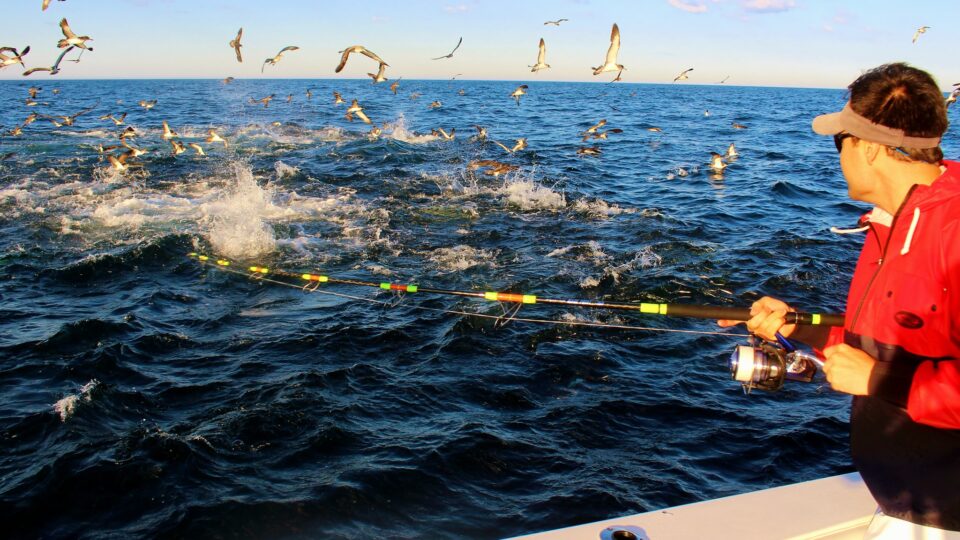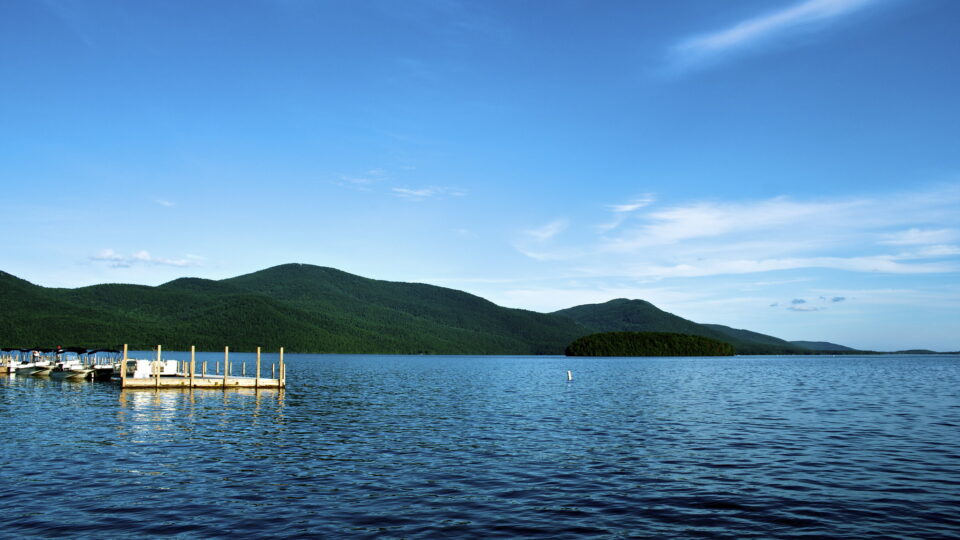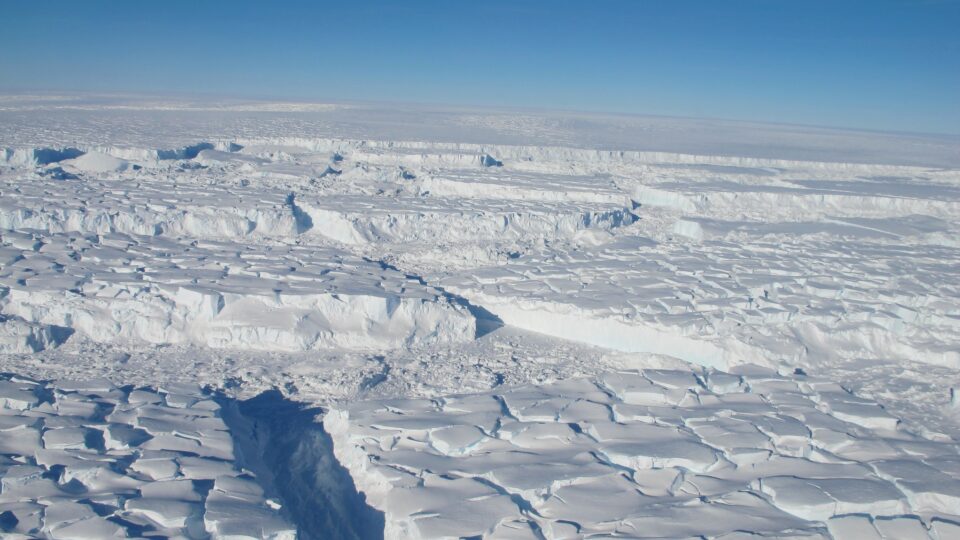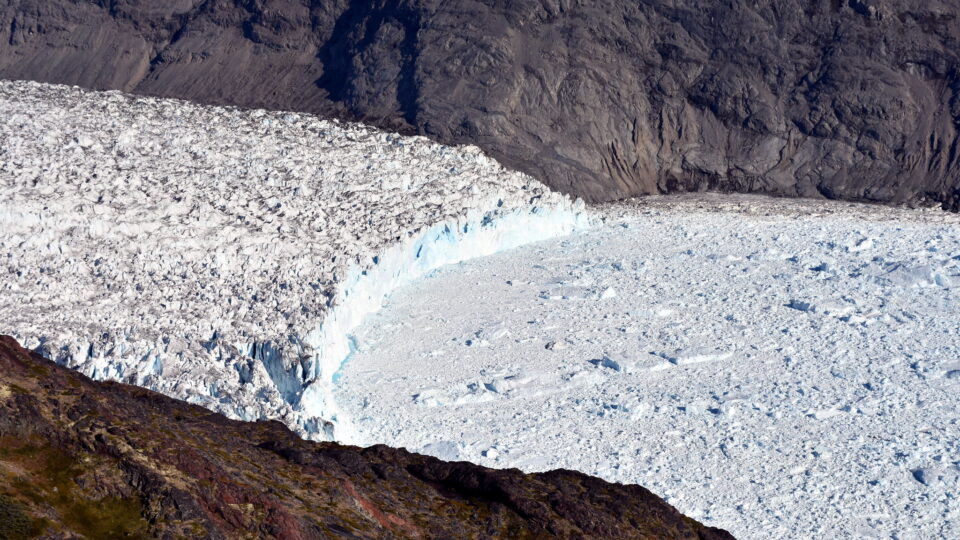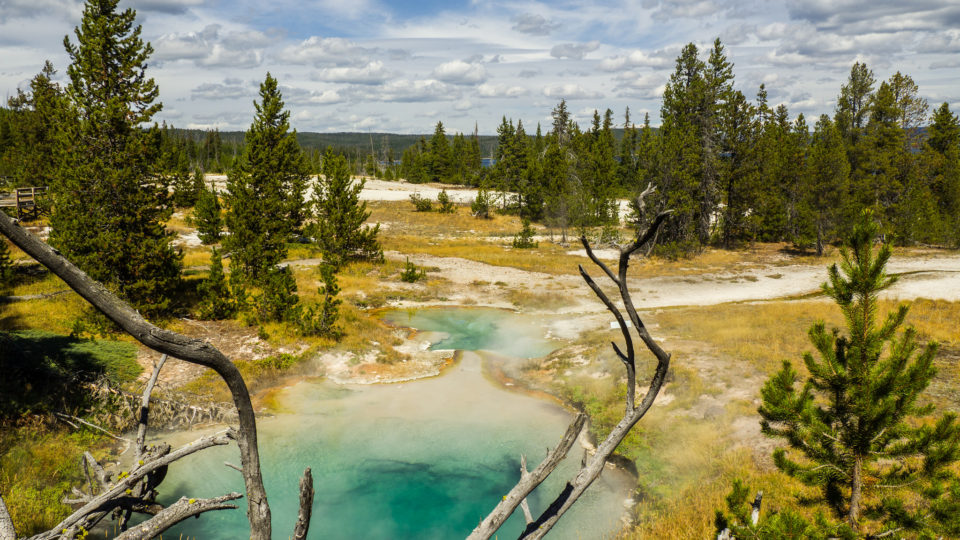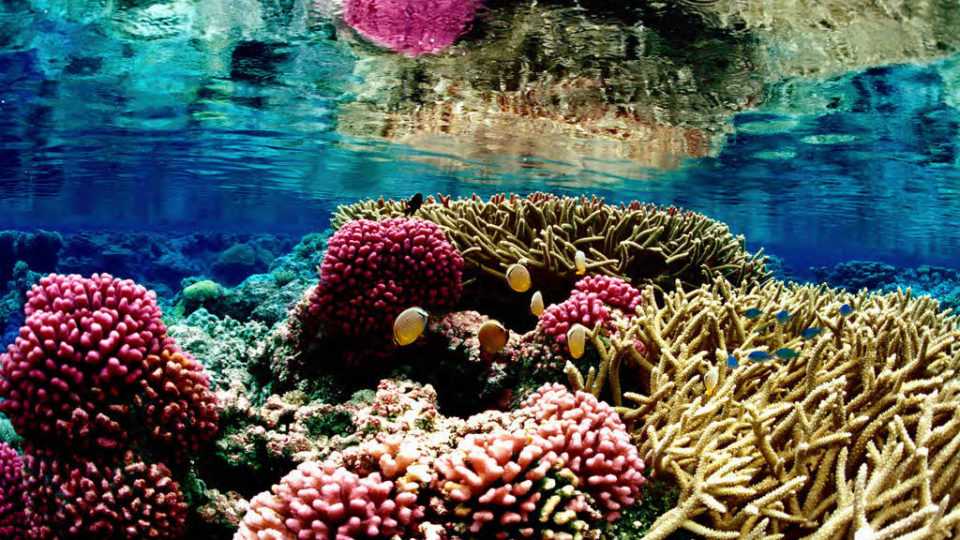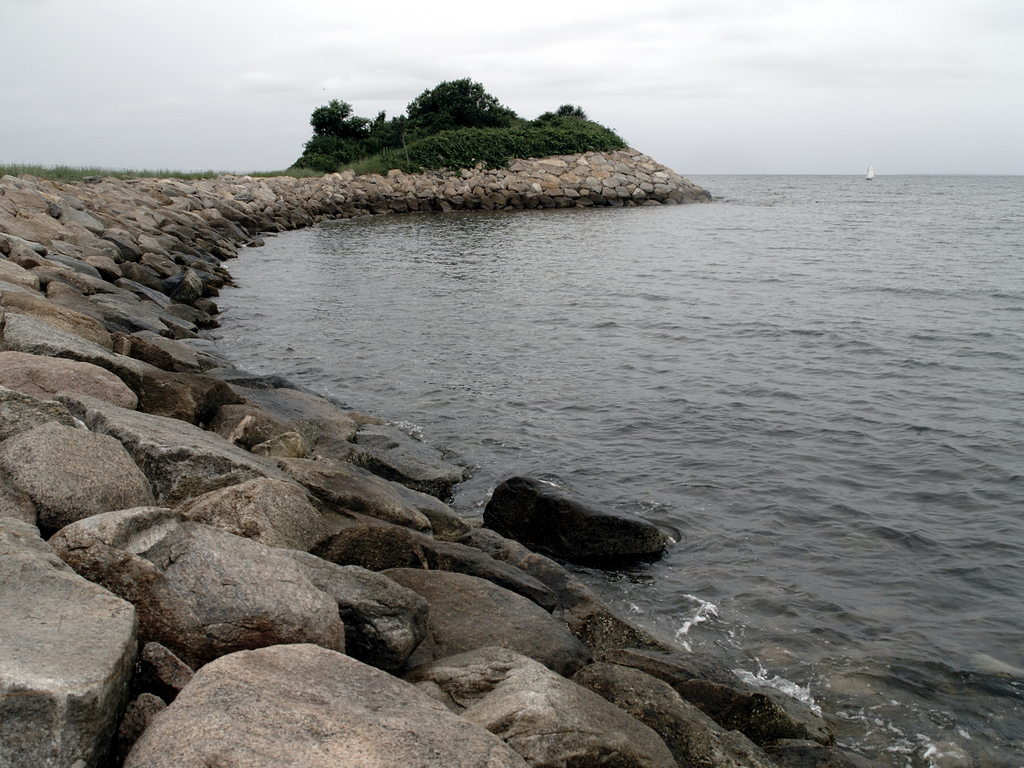Climate change is creating a cascade of effects in the world’s oceans. Not only are ocean temperatures on the rise, but oceans are becoming more acidic, and oxygen deprived. The warming temperatures and acidification have grabbed headlines and prompted academic research. Declining oxygen levels have not garnered as much attention. But they spell bad news for fish.
Oxygen levels in the world’s oceans have dropped over 2% between 1960 and 2010 and are expected to decline up to 7% over the next century. There are places in the northeast Pacific that have lost more than 15% of their oxygen. There are a growing number of “oxygen minimum zones” where big fish cannot survive but jellyfish can.
Oceans are losing oxygen for several reasons. First, warmer water can hold less dissolved gas than colder water. (This is why warm soda is flatter than cold soda.) Deeper in the ocean, oxygen levels are governed by currents that mix oxygen-rich surface water from above. Melting ice in the warming polar regions add fresh, less-dense water that resists downward mixing in key regions. Finally, increasing amounts of ocean bacteria in warming waters gobble up oxygen creating dead zones in the ocean.
In many places, fish species that cannot cope with lower oxygen levels are migrating from their usual homes, resulting in a decline in species diversity. Our future oceans – warmer and oxygen-deprived – will not only hold fewer kinds of fish, but also smaller fish and even more greenhouse-gas producing bacteria.
Climate change is bad news for fish and for the more than 3 billion people in the world who depend on seafood as a significant source of protein.
**********
Web Links
As Ocean Oxygen Levels Dip, Fish Face an Uncertain Future
Photo, posted January 10, 2022, courtesy of Willy Goldsmith via Flickr.
Earth Wise is a production of WAMC Northeast Public Radio
